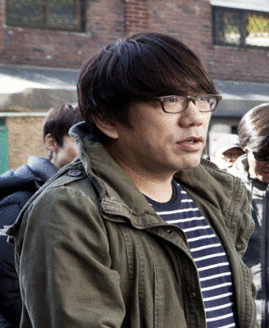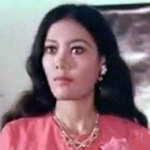Spot Info
Real Name: Lee Yong-min
Personal Details
Nationality: South Korean
Mother Tongue: Korean
Languages Known: Korean
Zodiac Sign: Capricorn
Birth Place: Seoul, South Korea
Born on: 1916
Died on: April 26, 1983
Gender: Male
Martial Status: Married
Education Details
Education Qualification: studied filmmaking in Japan
An actor who has given remarkable works to the Film Industry and is recognized by people all over the world is none other than the incredible Lee Yong Min. Lee is a worldwide famous South Korean film director, screenwriter, and cinematographer. He is known for “A Happy Day of Jinsa Maeng” (1962), “A Herd boy and a Golden Watch” (1949), “The Japanese Emperor and the Martyrs” (1967), and “The Korean Instrument with 12 strings” (1964).
He was born in 1916 in Seoul. He was brought up in South Korea only. He finished his early education at one of the prominent schools in the country. After that, he decided to study filmmaking due to his inclined interest in it. Therefore, he attended one of the eminent universities in Japan to study filmmaking. Following that, he commenced his journey in the industry through the debut of his documentary film “The Topography of Jeju Island” (1946). It attained an enormous amount of love from the viewers and was acknowledged by the superiors as well.
In addition, he directed numerous audience-friendly commercial films in various genres. These commercials provided some attention to him, and he was being recognized by people. Later, in the 60s and 70s, Lee released many horror films that highlighted his unique talents, including “A Bloodthirsty Killer” (1965) and “A Neckless Beauty” (1966). Therefore, all these films were hugely loved by fans across the country. Some of his notable works as a director include, “The Topography of Jeju island” (documentary, 1946), “A Herd boy and a Golden Watch” (1949), “The Star of Million” (1954), “A Cross in Gunfire” (1956), “Holiday in Seoul” (1956), “A Wild Chrysanthemum” (1957), “If You Overcome the Crisis” (1959), “Homecoming” (1960), “A Tragedy of Korea” (1961-03-08), “A Flower of Evil” (1961), “The Gate to Hell” (1962), “A Happy Day of Jinsa Maeng” (1962), “A Bridegroom from a Grave” (1963), “The Hell Has No Vacancy” (1964) and “The Japanese Emperor and the Martyrs” (1967), “Devil and Beauty” (1969), “A Dangerous Husband” (1970), “The Japanese Emperor and the Martyrs” (1967).
He has even worked as a screenwriter for a few movies like “A Herd boy and a Golden Watch” (1949), “The Star of Million” (1954), and “A Devilish Homicide” (1965). Additionally, his notable works as a cinematographer are, “A Wild Chrysanthemum” (1957), “The Crystal Pagoda” (1958), and “The Love Marriage” (1958).
He has earned the award of Best Cinematography for (The Conqueror) at the 1963 1st Blue Dragon Film Awards.
Professional Details
Skills: Cinematographer, Screenplay Writer, Director
Profession: Cinematographer, Director, Screenplay Writer
Casual Details
Smoke Or Drink: Yes
Hobbies: Film Story Writing
Interests Details
Pets: No
Physical Details
Eye colour: Black
Hair Colour: Black
Tattoo: No
Career
Debut Year: 1946
First Break: A Flower of Evil (1961)
:
Awards: 1963 1st Blue Dragon Film Awards: Best Cinematography (The Conqueror)




